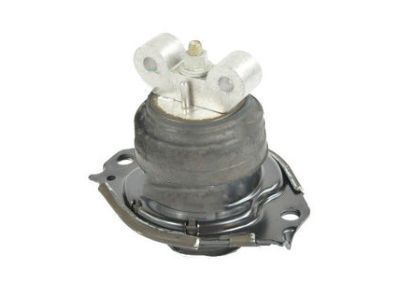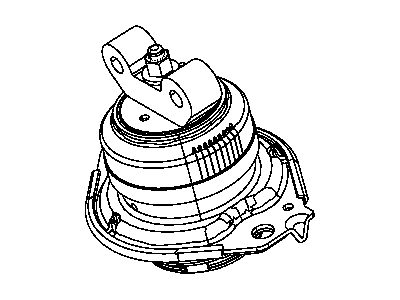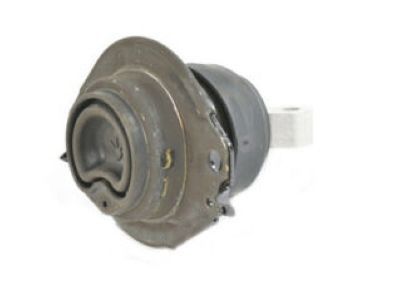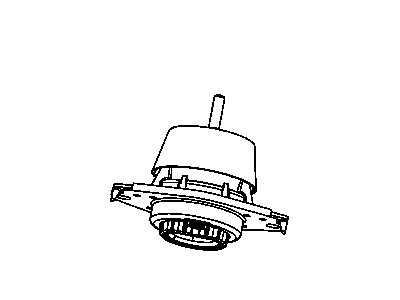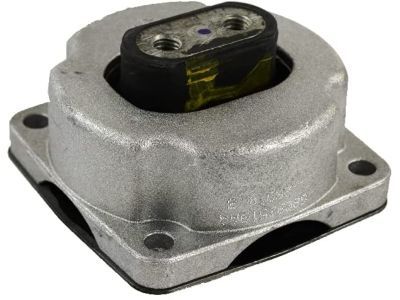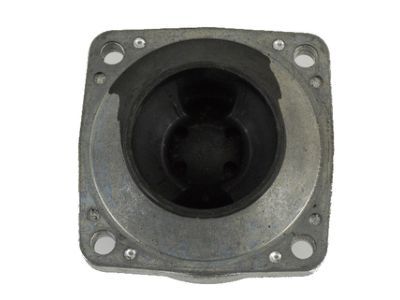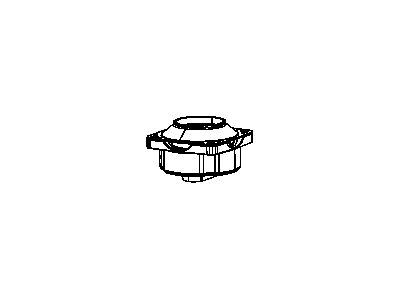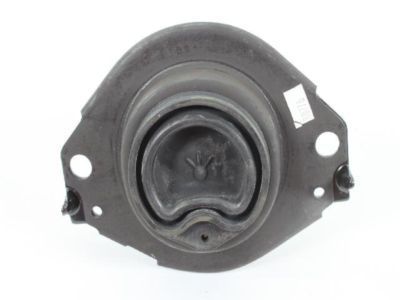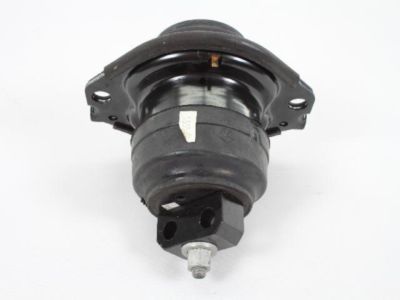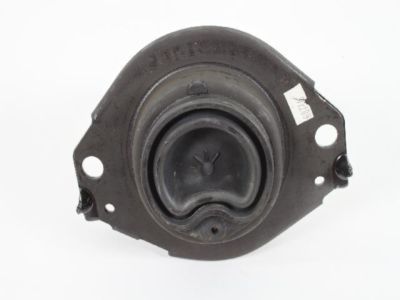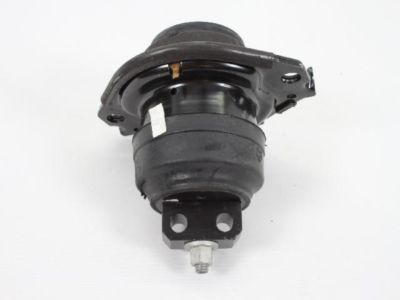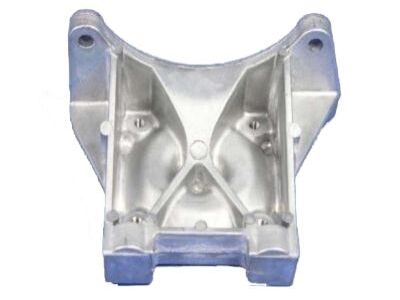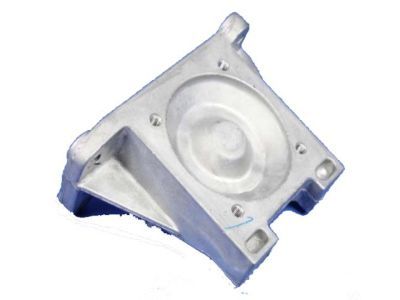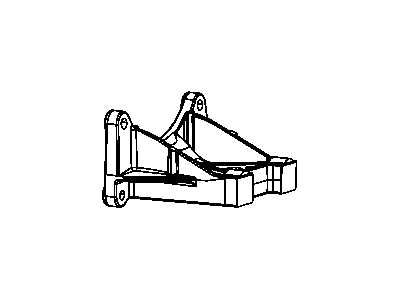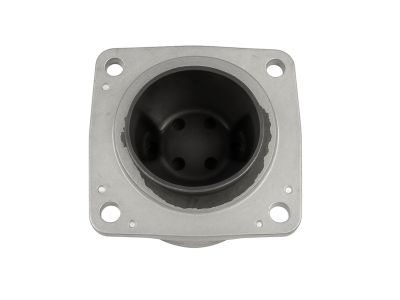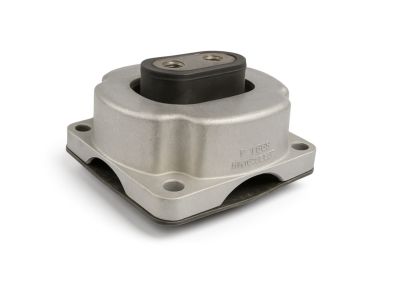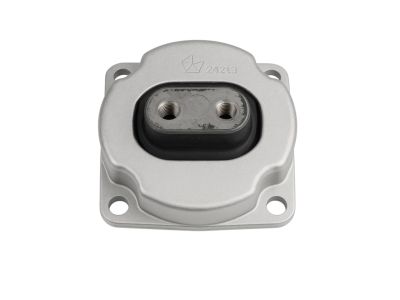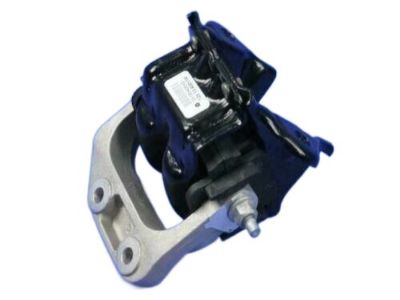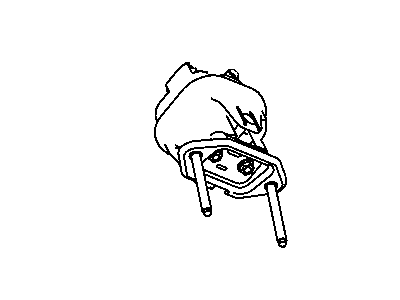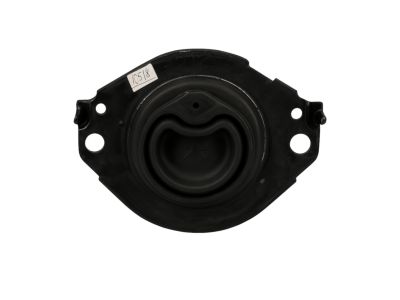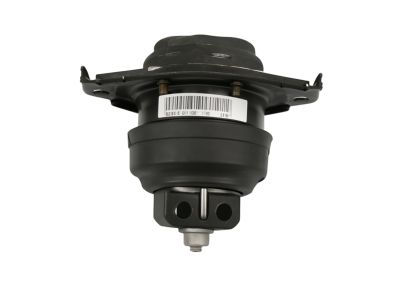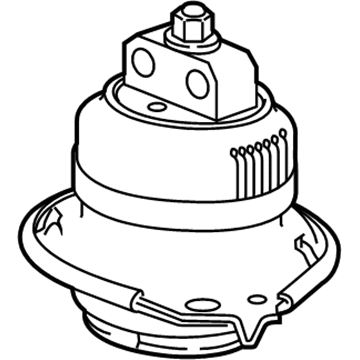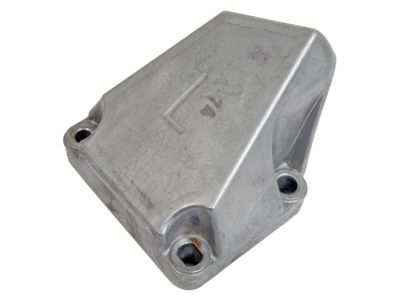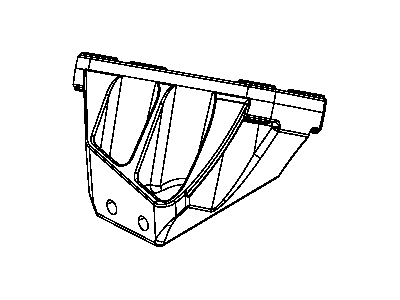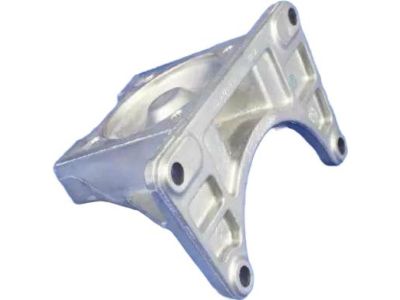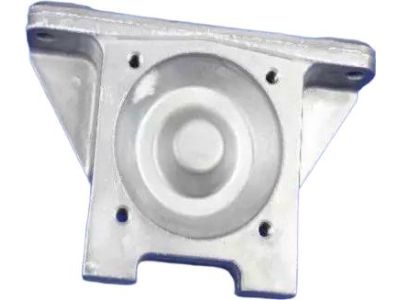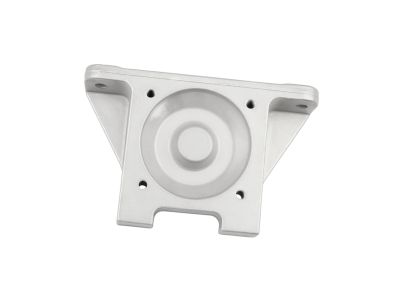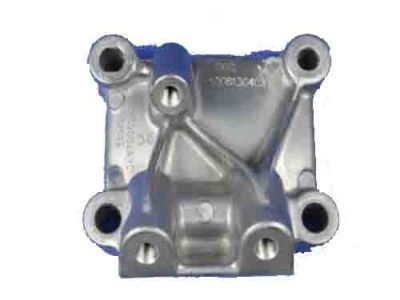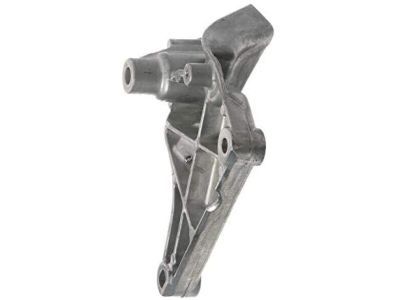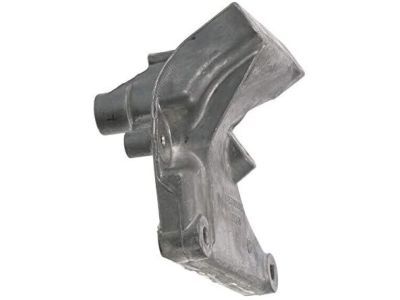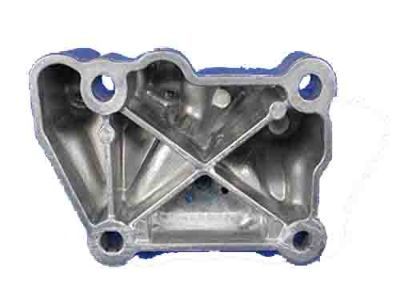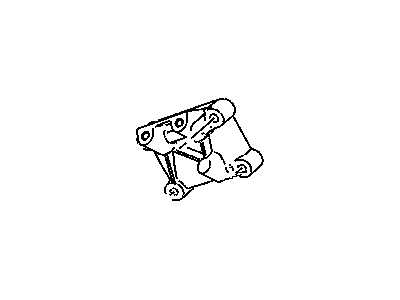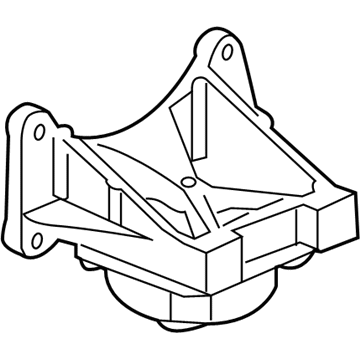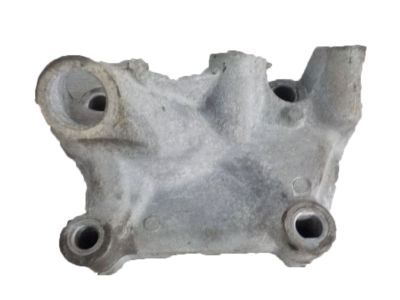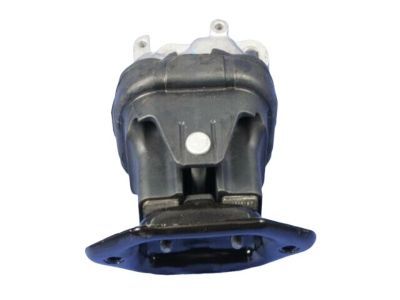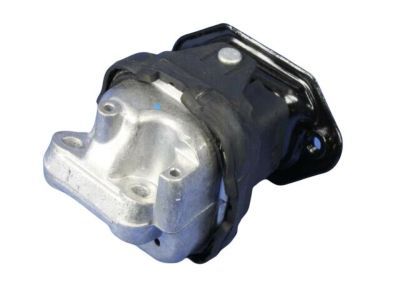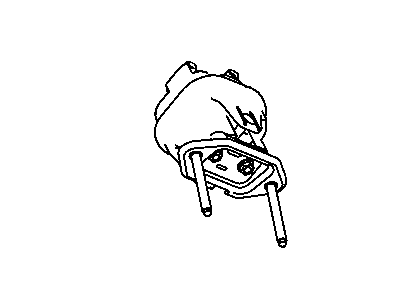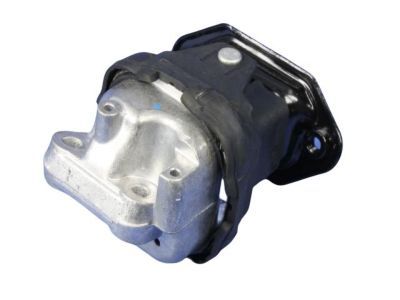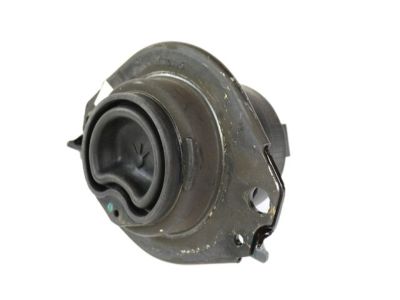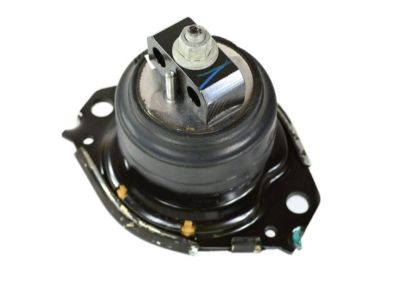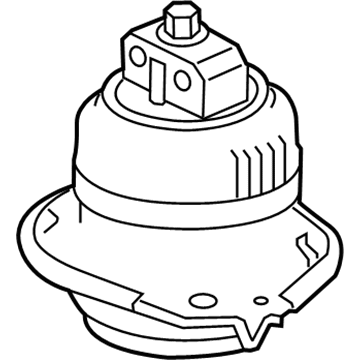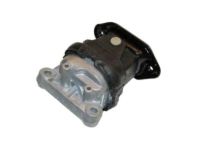
My Garage
My Account
Cart
Genuine Dodge Charger Engine Mount
Engine Motor Mount- Select Vehicle by Model
- Select Vehicle by VIN
Select Vehicle by Model
orMake
Model
Year
Select Vehicle by VIN
For the most accurate results, select vehicle by your VIN (Vehicle Identification Number).
77 Engine Mounts found

Dodge Charger Support-Engine Support
Part Number: 68277082AA$119.25 MSRP: $180.00You Save: $60.75 (34%)
Dodge Charger Support-Engine Support
Part Number: 68277081AA$124.88 MSRP: $188.00You Save: $63.12 (34%)
Dodge Charger INSULATOR-Transmission
Part Number: 68092519AA$55.16 MSRP: $79.25You Save: $24.09 (31%)


Dodge Charger Bracket-Transmission Mount
Part Number: 4578062AC$58.67 MSRP: $87.15You Save: $28.48 (33%)
Dodge Charger INSULATOR-Transmission
Part Number: 68084746AA$61.09 MSRP: $90.75You Save: $29.66 (33%)
Dodge Charger INSULATOR-Engine Mount
Part Number: 5180406AE$119.01 MSRP: $247.00You Save: $127.99 (52%)


Dodge Charger Bracket-Transmission Mount
Part Number: 5147200AD$65.87 MSRP: $97.90You Save: $32.03 (33%)
Dodge Charger Bracket-Engine Mount
Part Number: 4578053AC$100.58 MSRP: $152.00You Save: $51.42 (34%)
Dodge Charger Bracket-Engine Mount
Part Number: 4578051AC$104.57 MSRP: $158.00You Save: $53.43 (34%)
Dodge Charger Bracket-Engine Mount
Part Number: 4578053AB$100.58 MSRP: $152.00You Save: $51.42 (34%)
Dodge Charger Bracket-Transmission Mount
Part Number: 68146569AB$66.88 MSRP: $99.35You Save: $32.47 (33%)
Dodge Charger Bracket-Engine Mount
Part Number: 4578052AA$102.04 MSRP: $155.00You Save: $52.96 (35%)



| Page 1 of 4 |Next >
1-20 of 77 Results
Dodge Charger Engine Mount
The Engine Mount in Dodge Charger vehicles serves two primary functions: It insulates the noise and any vibrations that are occasioned by the operation of the engine while at the same time holding the engine firmly in its correct position within the car's chassis. This isolation is useful in providing comfort but it is equally important to ensure that the engine is positioned in the correct position to ensure safe driving of the car and also ensure other parts do not get damaged. Traditional Brake and Clutch Engine Mounts have developed over the years to consist of metal brackets with rubber isolators in between. Some of the further developed newer technologies are hydraulic mounts which are moreeffective in damping vibrations and electronic active mounts which change the stiffness according to the revolutions per minute (RPM) of the engine. These improve performance and comfort and even though they do so, they may not function well if worn for too long or exposed to heat and fluids. Dodge Charger Engine Mounts require constant checking as this will help to ensure that they offer the premier Function and Safety.
Looking for affordable and high-quality auto parts? Then you have already arrived at the proper online shop. We offer all Dodge Charger Engine Mount at great affordable prices. Moreover, all genuine Dodge Charger Engine Mount come with a manufacturer's warranty. In the long run, you would realize you have saved a lot of trouble and money with OEM parts from here.
Dodge Charger Engine Mount Parts Questions & Experts Answers
- Q: How to check and replace power train mounts in 2.7L V6 engine on Dodge Charger?A:There are three power train mounts; left and right engine mounts attached to the engine block and to the subframe and a rear mount attached to the transmission and the subframe. During the check, the engine must be raised slightly to remove the weight from the mounts. Raise the vehicle and support it securely on jackstands. Remove the front wheels and tires. Position two jacks, one under the crank-shaft pulley and the other under the transmission bell housing. Place a block of wood between the jack head and the Crankshaft Pulley or bellhousing, then carefully raise the engine/transmission just enough to take the weight off the mounts. Check the mounts to see if the rubber is cracked, hardened or separated from the metal plates. Sometimes the rubber will split right down the center. Check for relative movement between the mount plates and the engine or subframe (use a large screwdriver or pry bar to attempt to move the mounts). If movement is noted, lower the engine and tighten the mount fasteners. Rubber preservative should be applied to the mounts to slow deterioration. Disconnect the cable from the negative terminal of the battery then raise the vehicle and support it securely on jack stands. Remove the middle engine splash shield. Remove the nuts holding the engine mounts to the sub frame. Raise the engine with a jack and block of wood under the oil pan until the engine mount studs clear the engine bracket and the sub frame. Remove the engine mount heat shield. Remove the bolts holding the engine mount to the frame. Remove the engine mount and replace it with the new one. Tighten the upper bolts to the torque. Lower the engine and install the engine mount nuts and torque them to the specifications.
Related Dodge Charger Parts
Browse by Year
2023 Engine Mount 2022 Engine Mount 2021 Engine Mount 2020 Engine Mount 2019 Engine Mount 2018 Engine Mount 2017 Engine Mount 2016 Engine Mount 2015 Engine Mount 2014 Engine Mount 2013 Engine Mount 2012 Engine Mount 2011 Engine Mount 2010 Engine Mount 2009 Engine Mount 2008 Engine Mount 2007 Engine Mount 2006 Engine Mount 1987 Engine Mount 1986 Engine Mount 1985 Engine Mount 1984 Engine Mount
